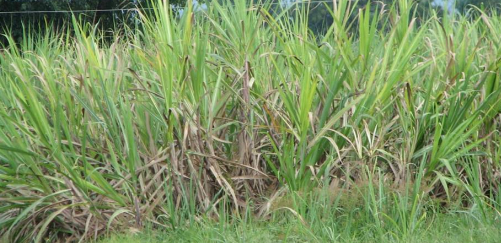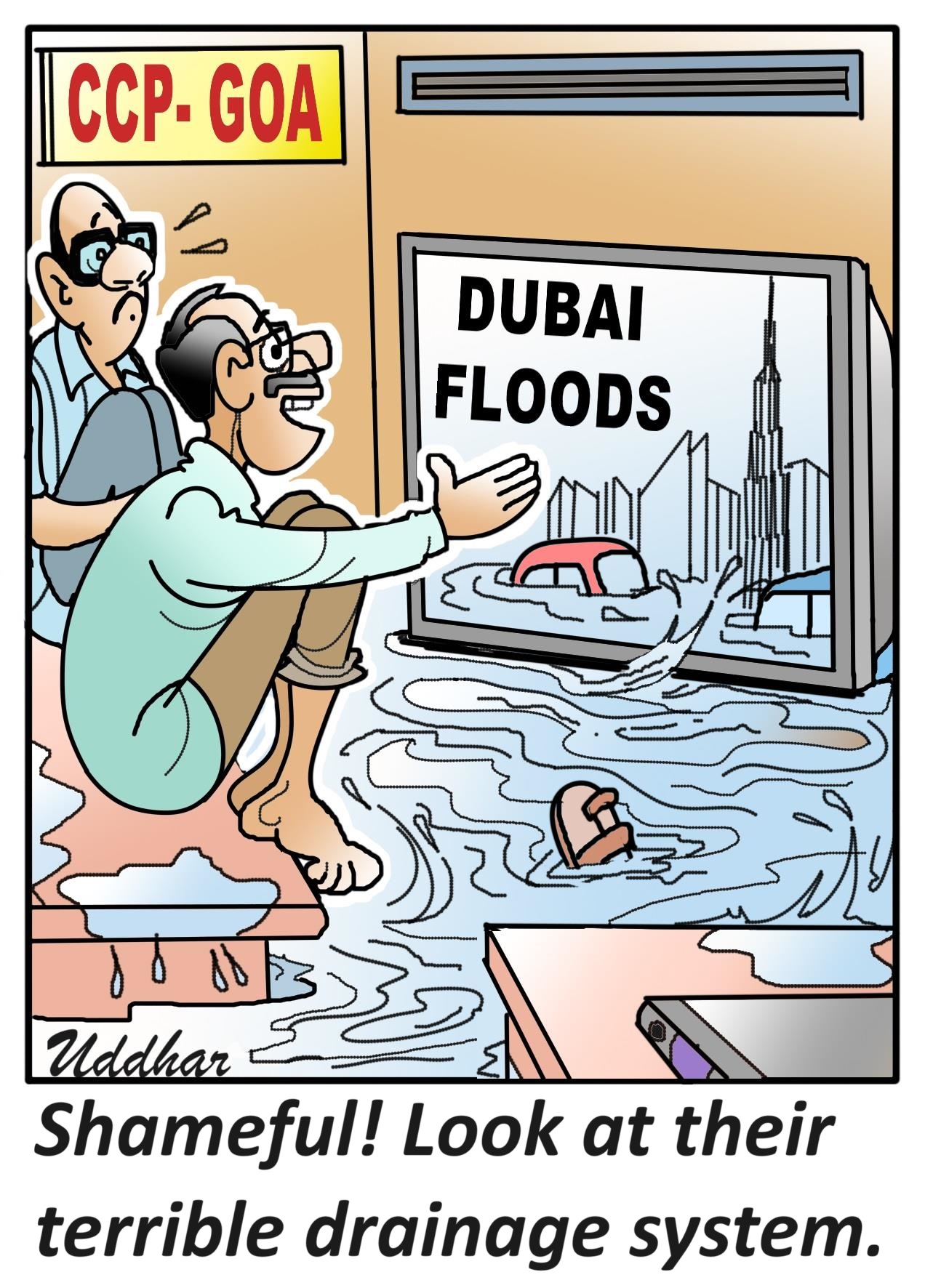
Wesley Edward Pereira
Sugarcane cultivation in the command areas of the Salaulim Irrigation Project was an important activity linked to irrigation water use for promoting agriculture to improve livelihood of the local villagers. The water balance studies to assess water storage capacities/levels in the dam based on inflows, outflows and water demands for different levels of climatic risks (dependable flows) considers agricultural cropping patterns for cultivation in the project command areas to meet the irrigation water release requirements. The objective is to create self-sufficient villages through planned irrigation during the non-monsoon months.
The protection of the land-use plans of the upstream catchment areas and irrigation land-use plans of the downstream command areas was critical for the success and smooth reservoir operation of Salaulim Irrigation Project dam.
The water crisis that has emerged in Goa is mainly as a result of population growth due to uncontrolled migration, rapid urbanisation, unforeseen industrial and other large scale projects and environmental degradation. These man-made factors have contributed to increasing water shortages, intensifying flood hazards, progressive groundwater contamination and pollution of rivers and water bodies.
Serious attempts are being made to formulate unsustainable water-use policies linked to conversion of the peaceful rural-urban state of Goa into a metropolitan city by promoting massive industrial development and supporting mega housing development projects. Since Special Economic Zones (SEZs) have been scrapped in Goa, these unsustainable projects for supporting the economic transportation corridors, special investment regions, unwanted logistic parks and urban townships of the coastal economic zone under the Sagarmala Project and Bharatmala Pariyojana are hypothetical and must be rejected.
Massive flooding has been caused in India in recent years damaging roads, bridges, farmlands and settlement areas due to the release of water from upstream reservoirs, unplanned river diversion and overtopping of the river banks. These man-made flooding disasters are due to inadequate storage capacities of dams, related to sedimentation, unsustainable land-use development plans. and environmental degradation. Therefore, the scope of works of the Dam Rehabilitation and Improvement (DRIP) projects must extend beyond repairs of the existing dams.
The dam reservoir water storage planning issues such as prevention of reservoir sedimentation through protection of land-use plans of upstream catchment areas and restoration of the required land-use plans of the downstream command areas and domestic water supply betterment areas should get top priority in formulating site-specific Terms of Reference for DRIP projects.
These objectives for dam improvement projects can be achieved through detailed study and appreciation of the original project reports on the basis of which these dams were planned and by stopping unregulated changes to land-use plans.
